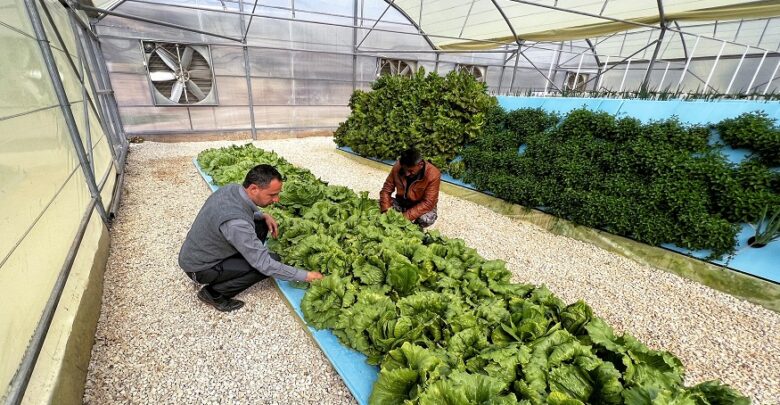Aeroponics: Gardening of the Future

Vertical aeroponics has emerged as a potent method in the past decade for growing plants without soil. It facilitates more efficient use of resources like time, energy, land, and water in sustainable agriculture. This method is revolutionary in agriculture since it not only increases productivity but also produces higher yields per square foot than conventional methods. Plants are grown using vertical aeroponics by suspending them in layers and misting them with a nutrient-rich water spray from an atomizer nozzle. Since the roots are inaccessible to pests, they are treated to keep them from infecting and decaying. This method works equally well in enclosed spaces, such as greenhouses and warehouses, where abundant natural light is scarce. This method is the wave of the future in agriculture, therefore it’s important to learn more about it and put money into it today. This article will help you have a better understanding on how aeroponic vertical garden work and the parts that make up a fully operational aeroponics setup:
The Water Supply System’s Holding Tank
You’ll keep all of your liquids, including water and the nutrient solution, in this container. In this closed-loop system, any water solution that isn’t absorbed by the plants’ roots is recycled back into the reservoir and sprayed on the plants again. However, the plant life is never submerged in the liquid. Net cups serve as grow chambers while they are floating in the air.
Pumping System for Water and Nutrients
A water pump is secured to the base of the reservoir, and it is this pump’s job to push water through the system’s pipes and out of the misting nozzles.
The Spray Nozzles
The number of misting nozzles employed in an aeroponic system’s growth chamber varies widely. The smaller the water droplet sprayed by the mister, the more efficiently the plant roots can absorb it, hence they are a crucial aspect of the setup. According to NASA’s findings, the optimal size of water droplets for a high-pressure aeroponics system is between 5 and 50 microns. The smaller the droplets, the more efficiently the plants can take it up.
Repetition Timer
The reservoir’s water dispersal rate can be adjusted using the repeat cycle timer. Some growers report good results with a misting cycle of one minute on and five minutes off, while others report the same with a cycle of 15 seconds on and up to five minutes off. Misting intervals can be set at whichever frequency you like. The crucial aspect is actually setting it, as the roots will be soaked otherwise. Since the optimum cycle allows the plant roots to completely dry out before striking them with another rush of atomized water, testing each new plant is your best chance when first getting started.
Planting Cups and Indoor Greenhouses
A lid with precisely cut holes to insert net cups used as grow chambers is used to isolate the plant’s root system from its shoots and leaves. These cups are put into the lid and sealed with (typically) a Styrofoam collar, which serves as both a support for the stems and a water barrier to keep the water confined in the reservoir.
Vertical aeroponics is seen by many as a promising new method of farming. It’s hardly surprising that adoption rates have increased rapidly over the past decade, given these advantages and the possibility of reduced water consumption. Get on board with this expanding agricultural trend or risk falling behind.



